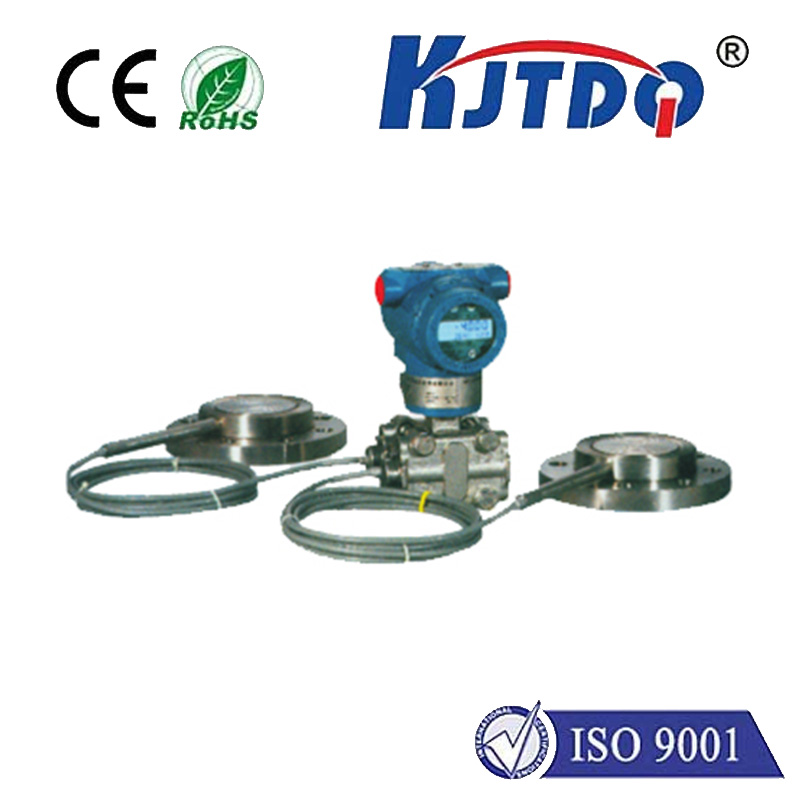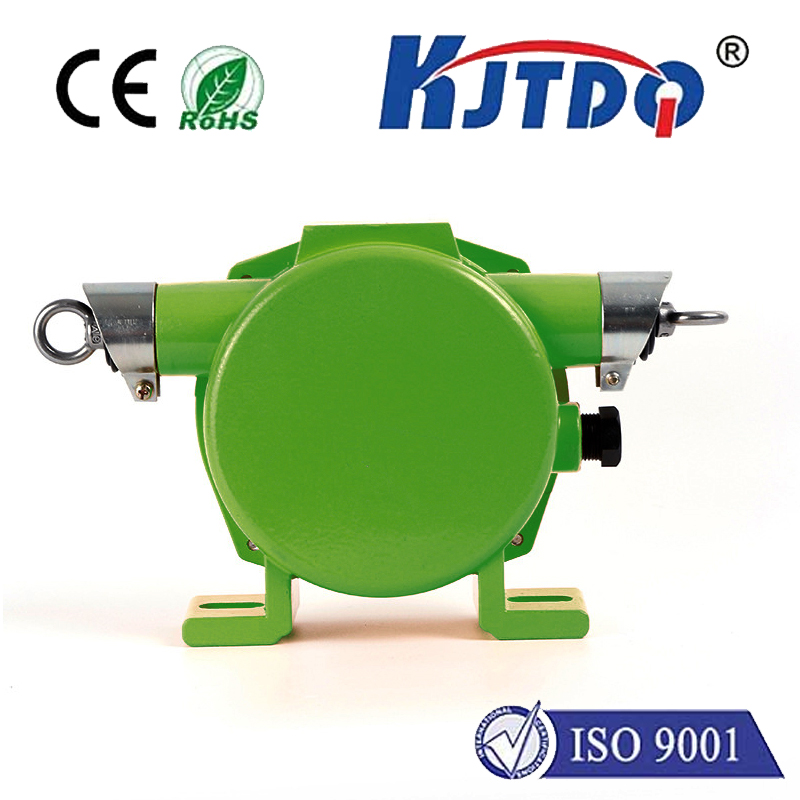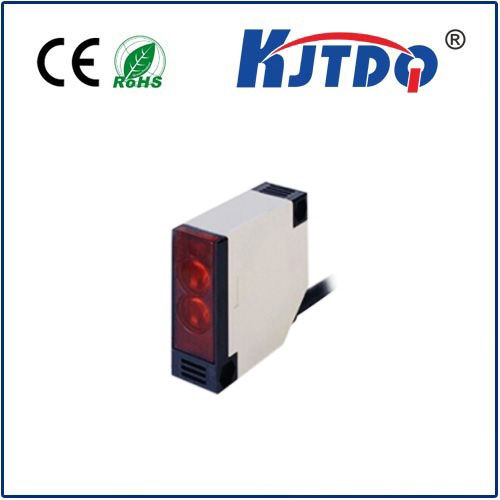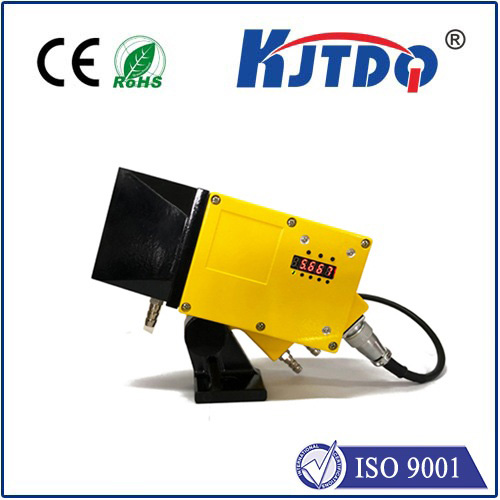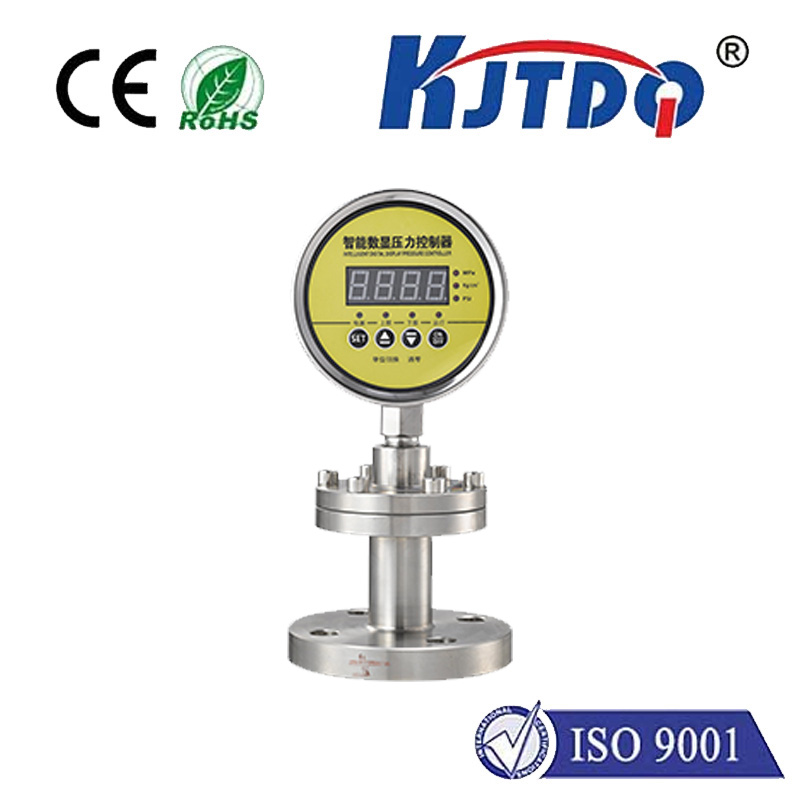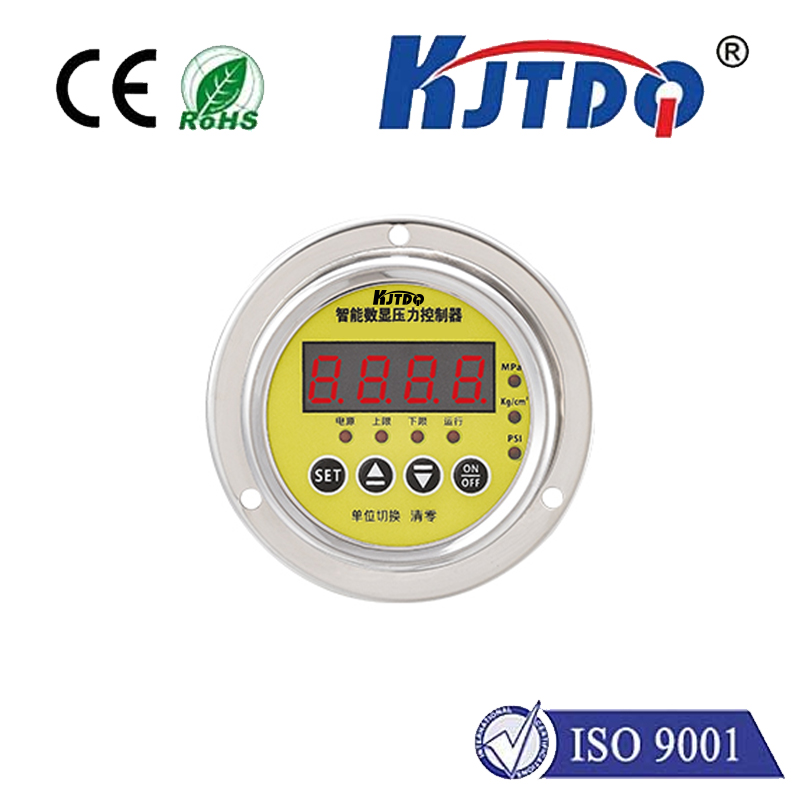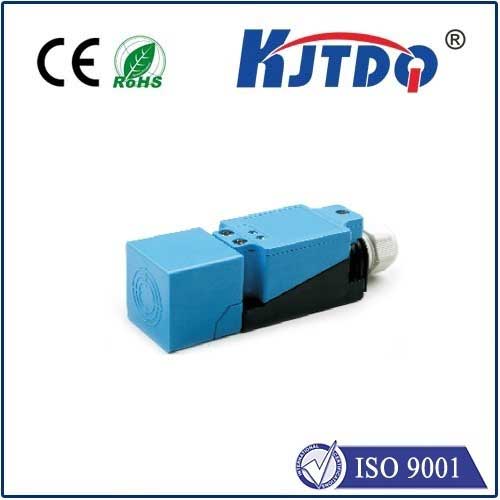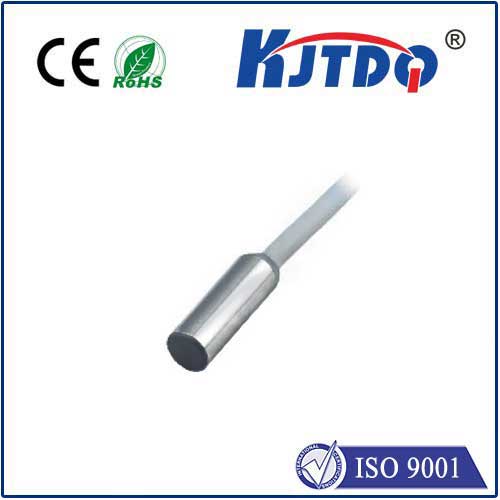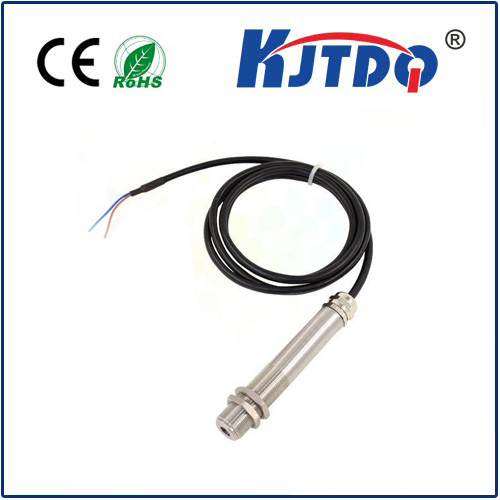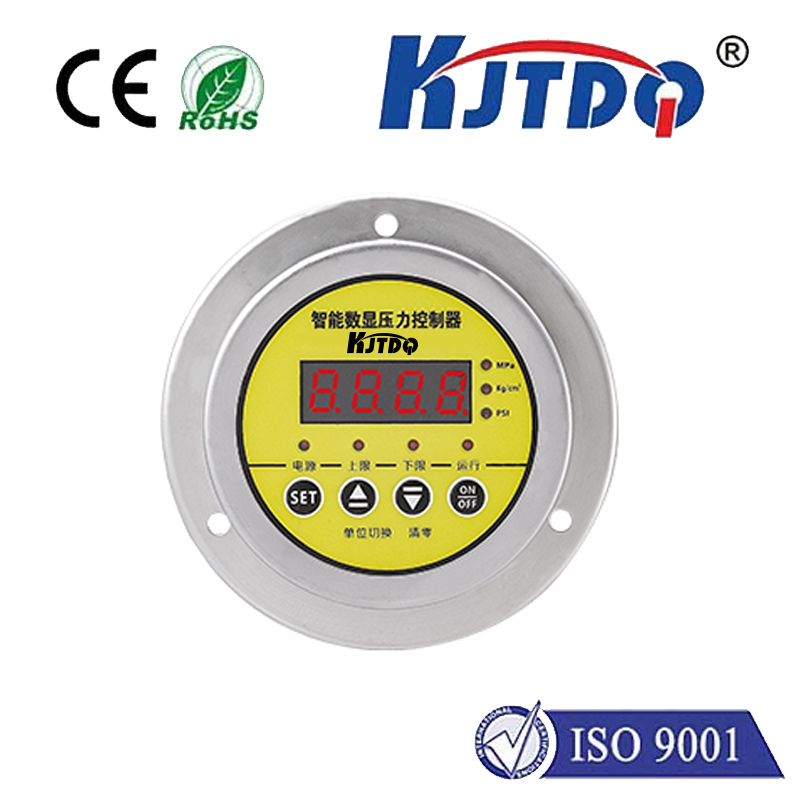ptc temperature sensor
- time:2025-08-23 04:15:35
- Click:0
PTC Temperature Sensors: The Unsung Guardians Against Thermal Runaway
Imagine a critical motor winding silently overheating, an EV battery pack nearing unsafe temperatures, or a charger circuit pushed beyond its limits. What stands ready to detect this danger and instantly trigger protective measures, potentially preventing costly damage or failure? Often, it’s a remarkably simple yet ingenious component: the PTC temperature sensor.
Demystifying the PTC Thermistor
At its core, a PTC (Positive Temperature Coefficient) temperature sensor is a specialized type of thermistor. Unlike their more common counterparts, NTC (Negative Temperature Coefficient) thermistors, whose resistance decreases as temperature rises, PTC thermistors exhibit a fundamentally different characteristic: their electrical resistance increases significantly as temperature increases. This unique property makes them invaluable for specific protection and sensing roles.
The Science Behind the Behavior: Ceramics at Work
Most modern PTC temperature sensors are crafted from carefully formulated polycrystalline ceramic materials, typically based on barium titanate (BaTiO₃). The magic lies in their composition and structure:

- Below the Curie Point: At lower temperatures, the ceramic material behaves as a semiconductor with relatively low resistance. Conduction occurs readily through grain boundaries.
- At/Above the Curie Point: As the temperature approaches a critical threshold known as the Curie Temperature, a profound structural phase change occurs within the crystal lattice. This transformation drastically disrupts the flow of electrons.
- Sharp Resistance Increase: The result is a rapid, non-linear increase in electrical resistance. This isn’t just a small change; resistance can surge by several orders of magnitude (e.g., 10x, 100x, or even 1000x its low-temperature value) over a narrow temperature range.
Beyond Simple Sensing: The Power of Self-Heating
While PTCs are used for direct temperature measurement in specific constant-current applications, leveraging their predictable resistance curve, their true brilliance shines brightest in protective switching applications, heavily relying on self-heating:
- Overcurrent Protection: When placed in series with a critical circuit component (like a motor winding or transformer coil), a small PTC element operates with low resistance under normal conditions. If an overcurrent event occurs (short circuit, locked rotor, excessive load), the large current flowing through the PTC causes significant Ohmic heating (I²R loss). This quickly heats the PTC above its Curie Point.
- The “Trip” Event: As the PTC heats up and crosses its switching threshold, its resistance skyrockets. This dramatic resistance increase drastically limits the current flow in the circuit to a very low level. Essentially, the PTC thermistor “trips” into a high-resistance state, protecting the downstream components.
- Self-Holding: After the initial fault, the PTC maintains its high-resistance state because the reduced current flowing through it is still sufficient to keep it hot. It acts as its own heater.
- Automatic Reset: Once the fault is cleared and power is cycled (or removed long enough for the PTC to cool below its Curie Point), the resistance drops back to its original low value. The circuit becomes operational again automatically – no need for manual reset components.
Key Advantages Driving Adoption
PTC temperature sensors offer compelling benefits that make them ideal for specific demanding applications:
- Inherent Safety & Simplicity: Their operation is passive, relying on fundamental material properties. There are no moving parts or complex electronics needed for the core protection function, enhancing reliability.
- Self-Powered Switching: No external power source is required for them to perform their primary protection role; the circuit current provides the necessary energy.
- Automatic Reset: Eliminates the need for user intervention after a fault condition subsides, streamlining operation and maintenance.
- Robustness & Reliability: Solid-state ceramic construction makes them highly resistant to shock, vibration, and harsh environments compared to electromechanical switches or fuses.
- Cost-Effectiveness: They provide highly reliable protection and control functions at a relatively low component cost and minimal bill-of-materials complexity.
Ubiquitous Applications: Where PTC Sensors Shield and Control
The unique combination of temperature sensing and self-acting current limitation makes PTC thermistors indispensable across numerous industries:
- Motor Protection: Integral protection against locked rotor and overload conditions in compressors (refrigerators, AC units), fans, pumps, power tools, and automotive components (fuel pumps, window lifters, radiator fans). They are often directly embedded in the motor windings.
- Transformer & Solenoid Protection: Preventing thermal runaway and burnout in transformers and inductive coils.
- Rechargeable Battery Packs: Critical for overcharge/discharge protection and monitoring cell/module temperature in lithium-ion and NiMH packs powering laptops, power tools, medical devices, and especially Electric Vehicles (EVs).
- Power Supplies & Chargers: Overload and short-circuit protection on output lines, thermal protection for internal components like transformers.
- Telecom & Networking Equipment: Protecting sensitive circuits from transient surges and overloads on data/Power-over-Ethernet (PoE) lines.
- Consumer Electronics: Overcurrent protection in USB ports, speaker systems, and internal power management circuits. Temperature-controlled soldering irons often use PTCs as the heating and control element.
- Automotive: Beyond motors, used for cabin heater protection, glow plug monitoring, mirror defroster control, and battery management systems.
PTC vs. NTC vs. RTD: Choosing the Right Tool
Understanding when a PTC sensor is the optimal choice requires comparison:
- PTC vs. NTC: NTCs have a smooth resistance decrease over a wide temperature range, making them superior for precise temperature measurement across many applications (thermostats, battery temp monitoring for charging control). PTCs excel in protection and switching roles due to their sharp resistance jump and self-limiting behavior.
- PTC vs. RTD (Resistance Temperature Detector): RTDs (like Pt100/Pt1000) offer high accuracy and linearity for precise temperature measurement, especially in industrial processes. They are typically more expensive and complex to interface than PTCs or NTCs. PTCs offer a simpler, cost-effective solution for protection switching.
Selecting and Implementing PTC Sensors
Choosing the right PTC involves careful consideration: The Curie Temperature (switch point) must be chosen based on the protected component’s safe operating temperature. The Hold Current (maximum current the PTC passes at low temp) and Trip Current (minimum current causing trip) must align with the circuit’s normal and fault conditions. The device’s Maximum Voltage/Current Ratings must exceed potential circuit parameters. Thermal mass and response time need matching to the application’s requirements. Physical form factor (disc, SMD chip, radial leaded, probe) is also crucial for integration and thermal coupling.
From silently preventing motor burnout in your refrigerator compressor to safeguarding multi-kilowatt EV battery packs, PTC temperature sensors leverage the elegant physics of ceramic materials to provide robust, reliable, and cost-effective protection. Their unique ability to act as both a sensor and an automatic, resettable switch makes them fundamental building blocks for safety and reliability in countless electronic and electrical systems, operating as vigilant thermal guardians against the ever-present threat of runaway heat.












